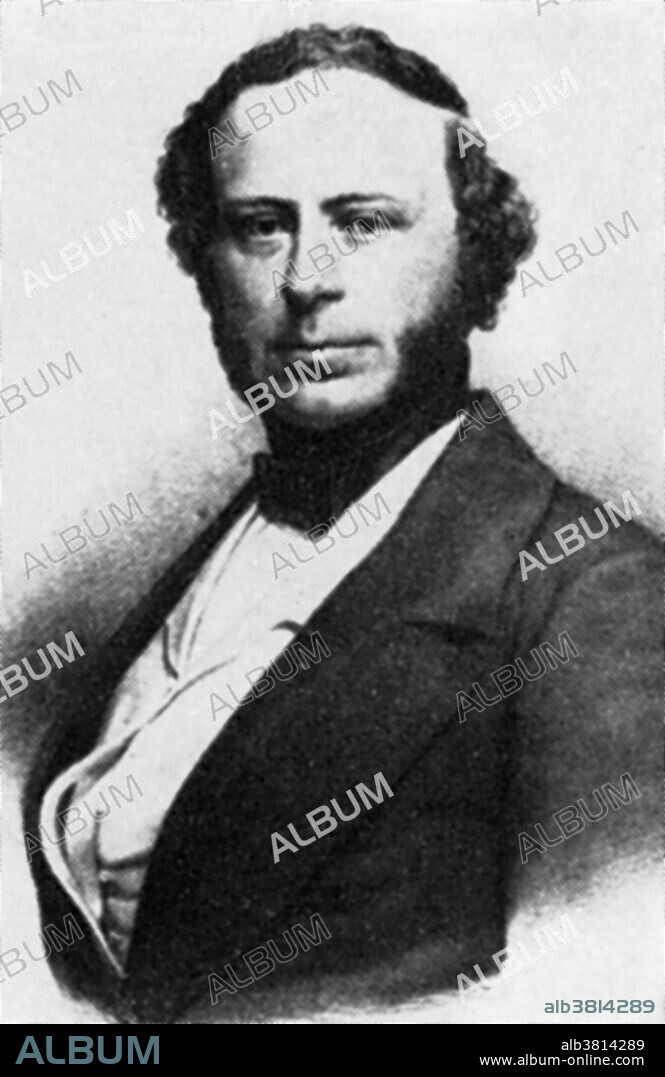alb3814289
John Ericsson, Swedish-American Inventor

|
Add to another lightbox |
|
Add to another lightbox |



Title:
John Ericsson, Swedish-American Inventor
Caption:
John Ericsson (1803-1889) was a Swedish-American inventor and mechanical engineer. He is remembered best for designing the steam locomotive Novelty (with engineer John Braithwaite) and the ironclad USS Monitor. Ericsson also invented the caloric engine in the 1820s which used hot air instead of steam as a propellant. Its boiler-less design made it a safer and more practical means of power for small industry and his incorporation of a 'regenerator' heat sink made it very fuel-efficient. He also invented: surface condenser (water-cooled shell and tube heat exchanger), the solar machine, using concave mirrors to gather sun radiation strong enough to run an engine, hoop gun (gun production technique that uses multiple layers of tubes to form a built-up gun) construction and the propeller (a type of fan that transmits power by converting rotational motion into thrust).
Credit:
Album / Science Source / New York Public Library
Releases:
Model: No - Property: No
Rights questions?
Rights questions?
Image size:
2574 x 3962 px | 29.2 MB
Print size:
21.8 x 33.5 cm | 8.6 x 13.2 in (300 dpi)
Keywords:
1803 • 1889 • 19TH CENTURY • AMERICA • AMERICAN • ART • ARTWORK • BATTLESHIP • BOILER-LESS • BW • CALORIC ENGINE • CELEBRITY • CIVIL WAR • DRAWING • ENGINEER • ENGRAVING • FAMOUS • FIGURE • HISTORIC • HISTORICAL • HISTORY • HOOP GUN • IERICSSON • ILLUSTRATION • IMPORTANT • INNOVATOR • INVENTOR (MALE) • INVENTOR • IRONCLAD • J. ERICSSON • MALE • MAN • MECHANICAL ENGINEER • MEN • NOTABLE • NOVELTY • PEOPLE • PERSON • PERSONALITIES • PERSONALITY • PORTRAIT • POTRAIT • PROPELLER • ROTATIONAL MOTION INTO THRUST • SOLAR MACHINE • STEAM LOCOMOTIVE • SURFACE CONDENSER • SWEDISH BORN JOHN ERICSSON • SWEDISH-AMERICAN • UNITED STATES • US • USA • USS MONITOR • WAR BETWEEN THE STATES • WAR OF SECESSION • WARSHIP • WELL-KNOWN
 Pinterest
Pinterest Twitter
Twitter Facebook
Facebook Copy link
Copy link Email
Email

